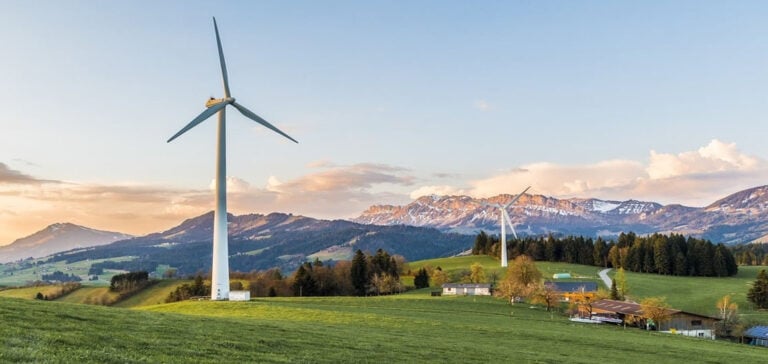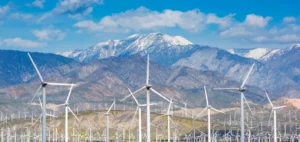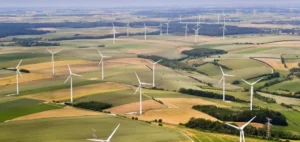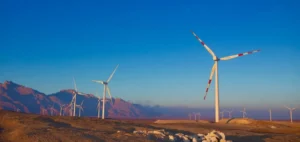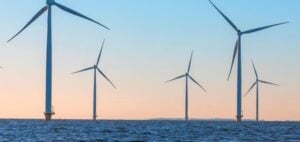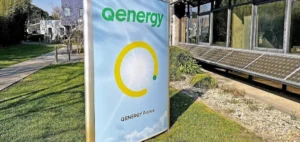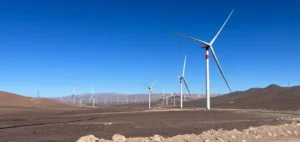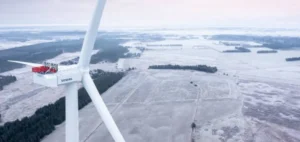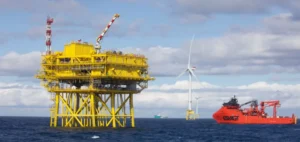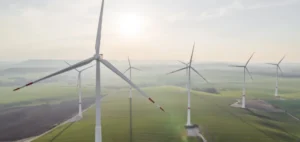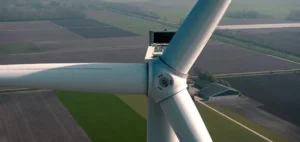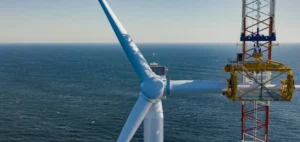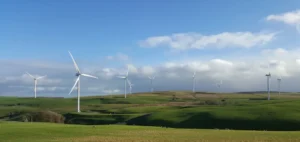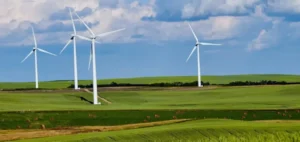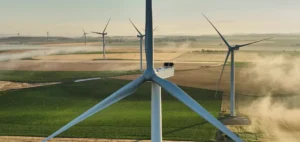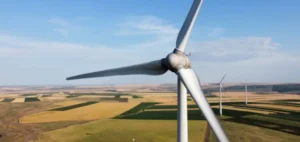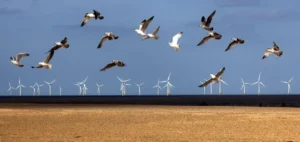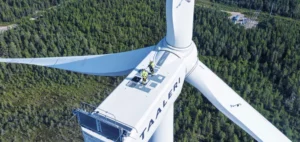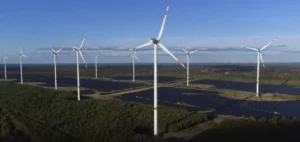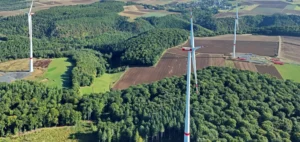Wind power in Europe looks promising, but to meet its targets, the European Union will need to put in place measures, from auction design to licensing, to counter sub-optimal growth, supply chain stress and the potential threat of cheaper suppliers from China.
Auction design
WindEurope sees the greatest opportunities in the changes to the auction system. While price-based auctions have been commonplace, Europe is looking to promote auctions that take into account the wider societal value ofwind power. This new approach should encourage a more balanced development of the sector, taking into account broader factors than just cost.
Faster authorizations
Permits for wind power projects have long been a major obstacle in Europe. Local opposition to giant wind turbines has led to considerable delays in the construction of wind farms. However, positive developments have been noted in Germany, where a large number of permits have already been issued for 2023. To avoid further delays, the European Commission is encouraging other countries to adopt similar measures, including the simplification of authorization procedures.
State guarantees
Germany’s Energy Minister, Robert Habeck, has proposed offering state guarantees to turbine manufacturers until orders return to viable levels. Although this proposal entails potential risks, it could support growth in the sector by stimulating demand and maintaining competitiveness.
Avoiding cheap imports
Europe is seeking to avoid importing cheap wind power components from China, a factor which has contributed to the fall in solar panel prices. The higher cost of materials during the pandemic increased project costs, while rising interest rates increased financing costs. To ensure a robust European wind energy sector, it is essential to avoid import dependency.
Ultimately, the future of wind power in Europe lies in a combination of reform, adequate financing and opening up to private investment, which will enable us to meet the growing demand for renewable energy while maintaining competitive costs and guaranteeing a stable supply.


